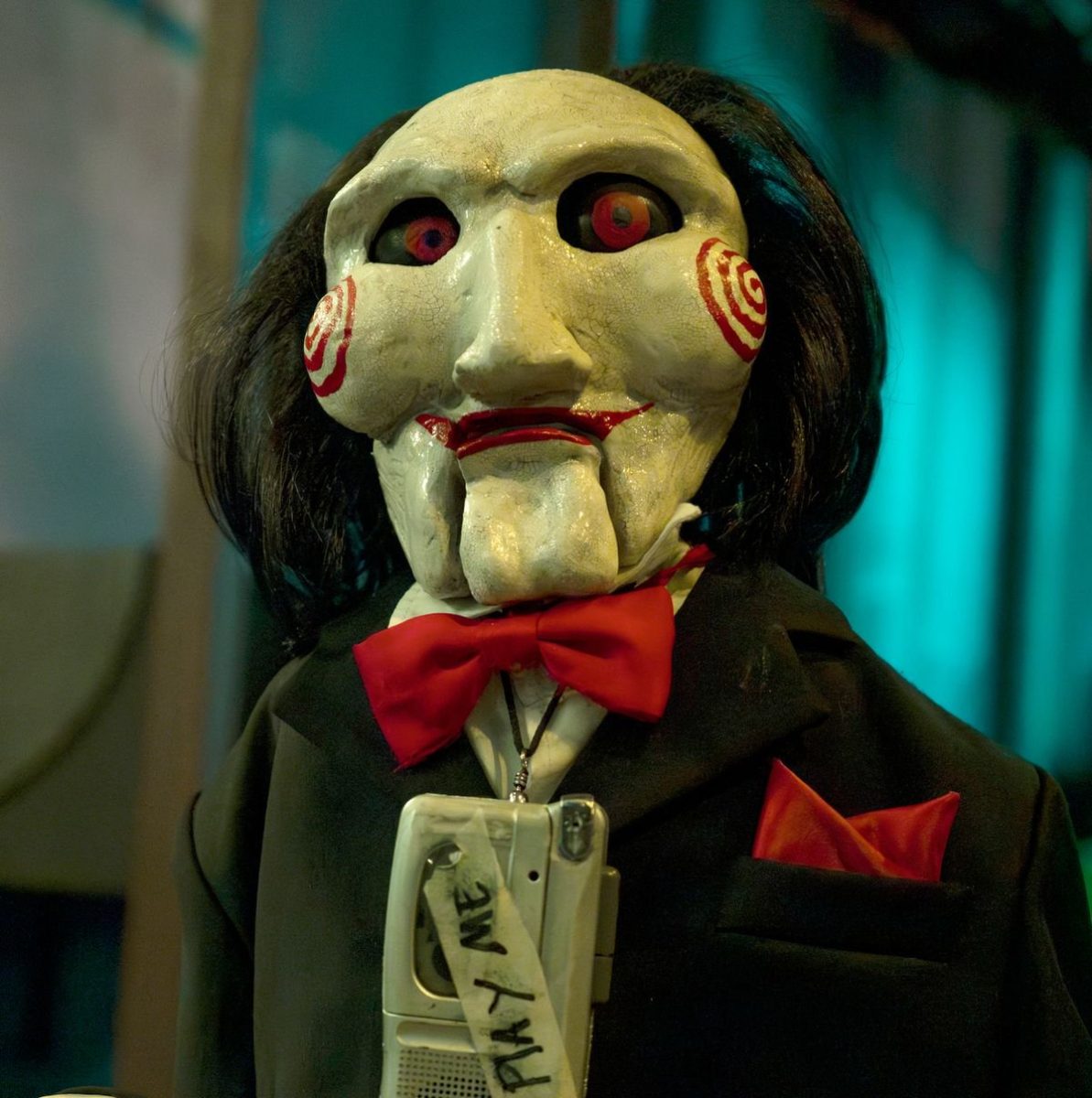Nearly 19 years after audiences were brutally introduced to the twisted world of “Saw,” the franchise’s staple character John Kramer (aka Jigsaw) is still one of the most iconic and beloved horror movie villains of all time. What makes his case so different from the rest, however, is how debatable his status as a villain is. Of course, kidnapping people and subjecting them to elaborate torture machines isn’t exactly the work of a traditional “hero,” but as his mythology unfolds during the first seven films, his achingly tragic and at times empathetic character is revealed to be more of an anti-hero than a clear-cut hero or villain.
Jigsaw is a terrifying and understandable symbol of an extreme reaction against the growing moral decay of the 21st century, and his moral complexity and unforgettable methods have allowed him to stay relevant throughout the ever-changing landscape of theatrical horror. After two Jigsaw-lite spin-offs, the freshly released “Saw X” sees Kramer and his wicked sense of justice return in an innovative installment that is as expectedly nauseating as it is startlingly heartfelt.
Chronologically taking place between the first two films, the story follows Kramer (with Tobin Bell returning with his most impressive performance yet) as his desperate search for cancer treatment leads him to a fraudulent medical program in Mexico. His discovery of the scam inspires him to devise a new set of games for those responsible.
Aided by his apprentice, fan-favorite Amanda Young (once again played with irresistible ferocity by Shawnee Smith), he seeks to ignite a “reawakening” in his games’ participants as a way for them to atone for their sins. The traps are appropriately nasty and are some of the most creative and cringe-inducing contraptions in over a decade, with veteran “Saw” director Kevin Greutert wringing out a stomach-churning amount of tension with each excruciating sequence.
The dedication to bringing back the head-spinning and disgustingly raw aesthetic is satisfying in all of its macabre, filthy glory. Greutert provides fans with the wild and memorable marriage of those thrillingly sped-up images, ultra-wicked camera angles, energetic push-ins, gratuitous close-ups and the countless other signature visual tricks and treats of the “Saw” franchise.
Alongside all of this effort to lock fans back into the sensory assault that they have been deprived of for much too long is an added dimension that makes this film such a special entry: its profound emotional core. Previous sequels have done a resolute job of exploring Kramer’s backstory and motivations, but this is arguably the first film that wholly depicts him as an anguished protagonist trying to find sense and meaning in his mortality-driven existence.
This newfound poignancy shines through the grime and gore brightly thanks to the powerful performances from Bell and Young and the smart decision to tell a stand-alone, single-location and straightforward story as opposed to the twisty, soap opera plotting from before. Choosing to focus on these characters first and foremost in what is essentially a grisly chamber piece was an inspired and energizing choice from writers Peter Goldfinger and Josh Stolberg. It puts the franchise back on track after over a decade of rusting away on the fringes of the horror world.
The 10th film in the franchise still packs in all the high-energy depravity and brain-breaking traps, as well as that spine-tingling climactic track, “Hello Zepp,” as the final twist unfurls like a demented gift opening itself up to the unsuspecting players. It’s the commitment to showing the blood-stained humanity of these shattered and deceptively terrifying souls in a stripped-down plot and setting that makes this such a rewarding return to the world of “Saw.”








